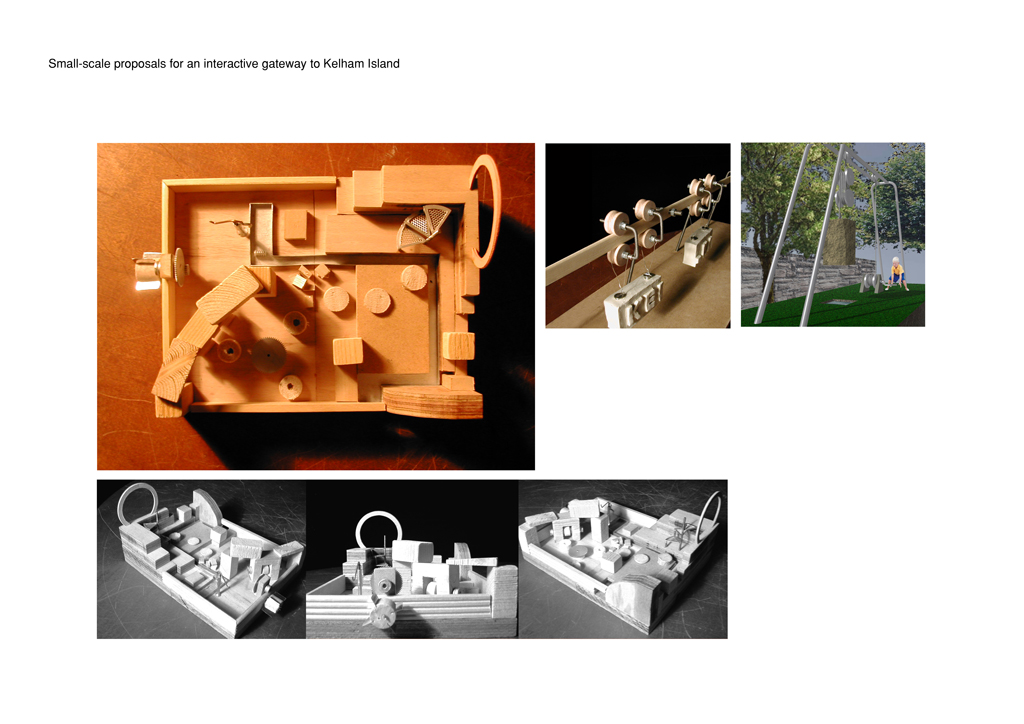
Year | 2003
Location | Kelham Island, Sheffield, UK
Client | Kelham Island Industrial Museum
This project was dedicated to the record of stonework held at the kelham Island Industrial Museum in Sheffield . The stonework in question was recovered from buildings that were demolished throughout the city in the second half of the twentieth century. The brief for the project was to create a web catalogue providing details concerning the size, condition and the relative history of each stone.
It is hoped that this resource proves to be useful to those concerned with the history of the city, and that in archiving and publishing what is held at the Museum – we may also generate interest in ideas proposed for re-using the stones. Our aims were to create a gateway into the museum, to create a changing attraction that would draw people to the museum for more than a single day trip. Providing a permanent home for the stones and incorporating new art work, perhaps found object sculptures within the display.
We wanted to draw on the excitement we had experienced when we first discovered the stones, the ‘jig sawing’ of the fragments to reveal entire decorative entrances and friezes. The excitement of them in their ruined form, and to play on the fact that they have been discarded and are no longer required for what they were intended, to give them new life in a new context. To draw on the ruined, discarded nature, and recreate the evocative spaces that make ruins so enticing and exciting to people. The ambiguous nature of the exterior and interior space, the decaying of these spaces providing changing contexts.
We designed a set of planes, at a proportion of 1:4 which after experimentation appeared pleasing to the eye. The stones are to be set in theses planes at varying heights. The planes are positioned in a labyrinthine manner forcing you to make decisions about the directions you take. Creating sudden spaces. Lined up to create view lines to the historic pieces of the context of the area. The planes are situated in the goyt responding to the existing pedestals. Constructed from concrete in order to hold the hefty stone elements, provide a plain changeable backdrop on which artists can provide posters, patterns in which to display their work etc thus putting the stones in an ever changing, flexible context. Perhaps the planes are wall papered with light switches and drain pipes and have domestic traces referring again back to the notions of a ruin.

